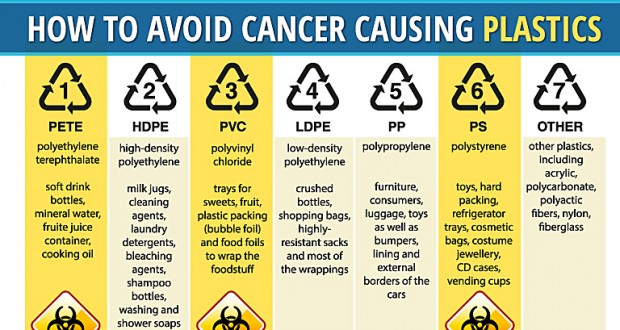Victor Marchione, M.D.
Inflammation is the body’s way of protecting itself from harm, but it typically gets a bad reputation. Although inflammation can be a shield, it can harm our health as well. When it lasts for months or even years, it becomes chronic and that is the type you want to avoid.
Inflammation is often seen as a symptom in many illnesses including arthritis, inflammatory bowel disease and many coronary conditions like heart disease. Chronic inflammation results when the body is unable to remove whatever is threatening it. Inflammation can also be a sign of an autoimmune disease like rheumatoid arthritis, where the body wrongfully attacks itself causing inflammation as a means to protect it. Lastly, chronic inflammation can result from a persistent irritant of low intensity.
There are four signs to pay attention to when it comes to deciding if you have chronic inflammation or not.
4 signs which reveal chronic inflammation
Joint pain
Rheumatoid arthritis is a form of inflammation which targets the joints. It is a type of autoimmune disease that causes the immune system to attack itself in error, resulting in inflammation. This inflammation can result in pain, stiffness and swelling.
Depression
Research has shown that although not always a cause, inflammation can play a role in the onset of depression. In studies which observed heart patients with depression, markers of inflammation were higher compared to heart patients without depression.
Earlier this year another study came to light revealing clinical depression in association with a 30 percent increase of inflammation in the brain. The study was published in JAMA Psychiatry and it involved researchers examining brain scans of 20 depressed patients and 20 control patients. The brain scans revealed higher amounts of inflammation in those who were depressed.
If you suffer from depression, odds are you have higher levels of inflammation as well.
Stomach pain
There are endless causes for stomach pain. Inflammatory bowel disease (IBD) has inflammation right in its name because it is a sure-fire sign of a problem in the digestive tract.
Symptoms of IBD include constipation, diarrhea, abdominal pain and a somewhat constant stomachache. Irritable bowel syndrome and celiac disease are also considered to be caused by inflammation.
If you have been experiencing an upset stomach for quite some time, you may want to take a closer look to uncover if inflammation is the root cause.
Chronic fatigue
We all feel tired, but usually after a restful night’s sleep or some relaxation, we can have that get-up-and-go feeling once again. If you have chronic inflammation you may feel more tired than energized – no matter how much sleep you get.
Inflammation can affect the nervous system, resulting in fatigue. The Arthritis Foundation suggests that fatigue is a symptom associated with arthritis, revealing that where there is inflammation, energy can become zapped.
If eight, 10 or even 12 hours of sleep doesn’t seem like enough, you may have inflammation to blame.
Foods to combat inflammation
Inflammation can impede your health, so in order to reduce it try enjoying foods which work to minimize it. Here are some of the most helpful foods you should enjoy to reduce inflammation and stay healthy.
- Fatty fish
- Whole grains
- Dark leafy greens
- Nuts
- Soy (speak with your doctor before you begin consuming more soy)
- Low-fat dairy
- Peppers
- Tomatoes
- Beets
- Ginger and turmeric
- Garlic and onions
- Olive oil
- Berries
- Tart cherries
These are just some of the foods you can start enjoying today in order to combat your inflammation and start feeling better.
Traditional treatment using anti-inflammatory medication cannot address the situation because
- The medications have serious side effects and cannot be used long-term.
- They do not go to the root cause of treating the cause of the inflammation.
This is where Integrative Medicine comes in. By identifying and treating the root cause, all through natural means, the underlying condition is addressed and there is long-term relief.
Stay Healthy!
Image Courtesy Google




